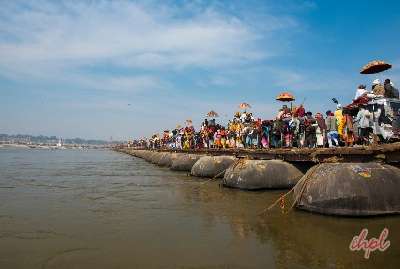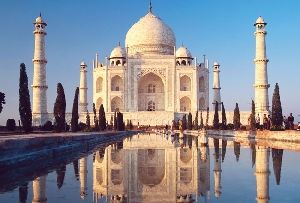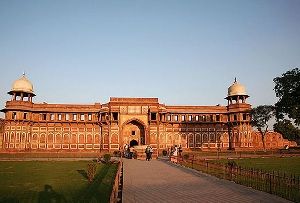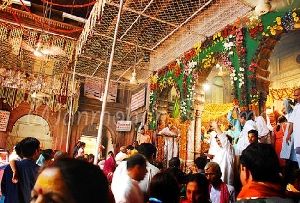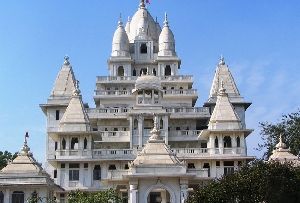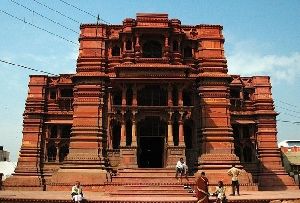Uttar Pradesh is the one of the Indian states that takes pride in being multicultural, multiracial and potpourri of wonderful wealth of nature that comprise of hills, valleys, rivers, forests, and vast plains. Regarded as the largest tourist destination in India, Uttar Pradesh boasts of 35 million domestic tourists. Uttar Pradesh is studded with myriad places of tourist interest. Before you embark on tours to Uttar Pradesh, it’s imperative that you acquaint yourself with the Climate in Uttar Pradesh.
The seventh most populated state of the world, Uttar Pradesh is acclaimed to be the oldest seat of India’s culture and civilization. It has been regarded as the cradle of Indian civilization and culture because it is around the Ganga that the ancient cities and towns sprang up.
The climate of Uttar Pradesh is tropical monsoon in character, but variations exist because of dissimilarity in altitudes. The Himalayan region is moderately cold. The standard temperature varies in the plains from 3-4oC in January to 43-45oC in May and June. Uttar Pradesh mainly experiences three distinct seasons – the cold season from October to February, summer from March to Mid June and the rainy season from March to September. The Himalayan region gets about 100-200cm of rain fall. The rainfall in the plains is heaviest in the east and decreases as one proceeds towards the north-east. Floods are a chronic problem of the state, causing damage to crops, life and property. Flood water during the rainy season becomes a major hindrance for tourists traveling to Uttar Pradesh. There are infrequent cloud-bursts adding to the misery of the people. The most horrible floods were in 1971, when 51 of the 54 districts of the state were exaggerated and the area involved was nearly 52 lakh hectares.
The eastern districts are the most susceptible to floods, the western districts somewhat less and the central region markedly less. The eastern district’s proneness to floods is attributed, among other things, to heavy rainfall, low and flat topography, high subsoil water level and the silting of beds which causes river levels to rise. The problem in the western districts is mainly poor drainage caused by the obstruction of roads, railways, canals, new built-up areas etc. There is water logging in the large areas. The major flood-prone rivers are the Ganga, Jamuna,Gomati ,Ghaghra ,Rapti, Sarda and Ramganga. The insufficient drainage capacity of the smaller western Sirsa, Kali and the Aligarh drain is also a cause of floods. But all this climatic condition does not come in way of Uttar Pradesh tourism which is booming with every passing year.
The best Uttar Pradesh climate is experienced in between Octobers to the month of March, although the major city remains active with tourists through out the year. It is prudent to check out the schedules for any of the many fairs and festivals listed on this site and plan your tour according to that if you want to experience the real Uttar Pradesh.
Checkout: Vrindavan Tour Packages, Agra Tour Packages, Uttar Pradesh Tour Packages, Kushinagar Tour Packages, Prayagraj Tour Packages, Jhansi Tour Packages, Mathura Tour Packages




